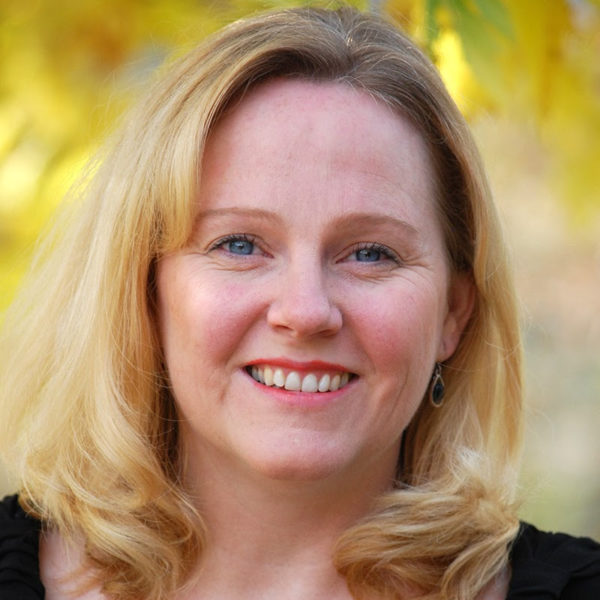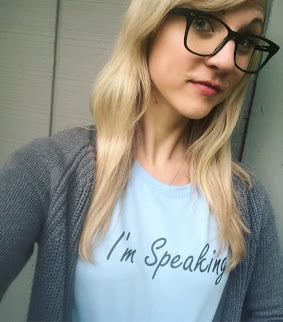We’ve turned the corner toward the last 25% of the school year, and so much has changed. Since March 13, 2020, administrators and teacher-leaders often found themselves in no-win situations where no matter the decision made, some stakeholder will inevitably be left unsatisfied.
However, some choices have had a positive impact. Our StoriesfromSchool bloggers share below their thoughts on this prompt: What school or district decision (or policy) do you feel has had the most significant positive effect on students?
Check out their answers, then add your own reflections in the comments!
Gretchen Cruden

Our school decided to provide half-days of learning Monday-Thursday for the entirety of this 2020-2021 school year for grades K-8. This has allowed daily contact with our students and negated the connectivity challenges we face in our remote area. This continuity of learning has allowed the majority of our students to remain on track with their learning. It has also allowed teachers to serve the needs of the families we have who opted for a distance-learning model. Having this type of contact has certainly helped fulfill our students’ need for socialization as well.
Lynne Olmos

Our school is going above and beyond to make sure kids get free meals and wifi, whether they are in-person or remote. We have upgraded our community communication methods to ensure that all families have up to the minute communication. (Although, on a comical sidenote, when we arranged for Spanish translation for phone calls to families, some have been inexplicably translated into French, to everyone’s confusion!) Overall, everything we have done to maintain a sense of community has held us together. We were the only ones in our region to go hybrid (face-to-face in, half of the kids at a time) in September. Although it was controversial, it was good. Our students have been able to be in small classes where our relationship-building has been our strongest asset. Due to the need to switch to remote when we have had to quarantine, we have become flexible and more capable of remote teaching and communication, plus we have strong relationships with the students. It has been a steep learning curve, but many of the new changes will be good as we go forward.
Leann Schumacher

In my district, our unique remote learning schedule has provided us with a lot of flexibility in how independent time is used. We have two 30 minute blocks each day for teaching whole group mini-lessons and the rest of our time (affectionately labeled “marigold time”) is to be used at our discretion. With this system I have the ability to hold regular small groups, meet with students one-on-one, and proctor math/reading diagnostics with ease. Giving teachers autonomy in how they use the “marigold time” has made a huge difference in how I instruct my students as well as manage my own time. In addition, we have 30 minutes built in each day just for morning meetings. Especially in a remote learning environment, having that solid 30 minutes to connect with my students has made a world of difference in my ability to make real connections and build solid, trusting relationships with my students.
Inessa Bazelyuk

My district ran a campaign in 2014 that helped pass a technology levy. The levy allowed middle and high school students to check out ChromeBooks to bring home. Over the years the levi also allowed elementary schools to provide their students with one to one technology. When school closure began last year the students in my district were comfortable using ChromeBooks at all grade levels. My school managed to distribute ChromeBooks to over 80% of the student population in the two days we had to prepare for the school closure. This levy helped equip the majority of students and staff for online learning.
Jan Kragen

I agree with Lynne that free lunches are crucial. Every student has a laptop, and I think everyone has wifi now.
The other thing that I appreciate at the elementary level is that there is less of an emphasis on grades and more on social-emotional learning. Most of our professional development last fall was about building connections and engagement, using Classroom Compacts and RULER.
Denisha Saucedo

My district has asked each teacher to start the day with SEL (social emotional learning). This is HUGE. Students need a chance to explore their emotions and this is time set aside for just that! They need time to explore how to engage in positive relationships, feel empathy for others, set goals, and problem solve. SEL is the key to student ownership and developing their ability to recognize just how “normal” their emotions are. SEL time, along with community building, unlocks their ability to see, with more clarity, the path that leads to growth and success.
Along with this, both the principal and vice principal have made it their goal to connect one on one with every student in the school! In our building, the goal is to bridge a path forward, to maintain a healthy growth mindset! This is not only for students, but for staff, families, and community members. We recognize the current situation is challenging, but not impossible.
Mark Gardner

The school where I teach was the first in our district to start serving small groups of students on-campus back in September. We tried a variety of iterations of this (kids physically moving through their ‘bell schedule,’ for example) and realized that the reason many kids benefitted from in-person contact was just that: It was in-person contact. So much of education, particularly with disenfranchised kids or kids public ed has abused, is about forging and maintaining interpersonal connections. There is also the indisputable fact that our custodian is a rock star, making sure protocols are followed so that everyone, staff and students alike, are safe.
Emma-Kate Schaake

I think our school has done an incredible job supporting students and making decisions that put students’ well being first. We implemented an “academic stimulus” at the end of the first semester. This moved the lowest end of the grading scale, making a passing grade as low as 50%. In the last week of the semester, students who were struggling around 30 or 40% suddenly had a glimmer of hope. If we have the ability to be empathetic and extend grace, we absolutely should. No one is at their best right now, even though we are all working incredibly hard. Students have physical, mental, and academic barriers that we simply don’t know about. Just as many Americans received stimulus checks to get by during this crisis, our students deserve our flexibility and support as well. If we can provide that in the area of grades (which are arbitrary anyway), I am all for it.
Since our large comprehensive highs school returned to a hybrid model in March, (students come in twice a week or choose to stay fully remote), I have been provided with amazing technology that allows me to teach my in person students and Zoom students simultaneously. The technology has allowed the students at school to interact with the students at home and has allowed me to continue to facilitate whole group discussions and live direct instruction. An added benefit to our consistent “rooming and zooming” is that it allows my in person students to attend class even when they have to miss school.